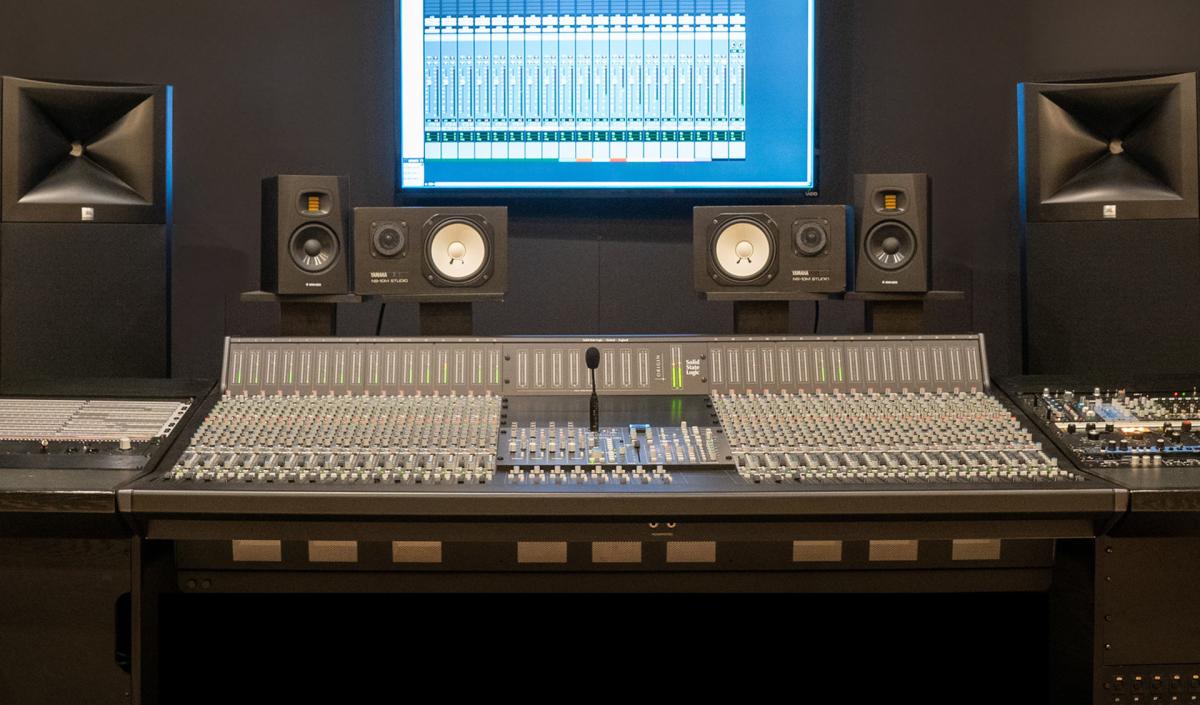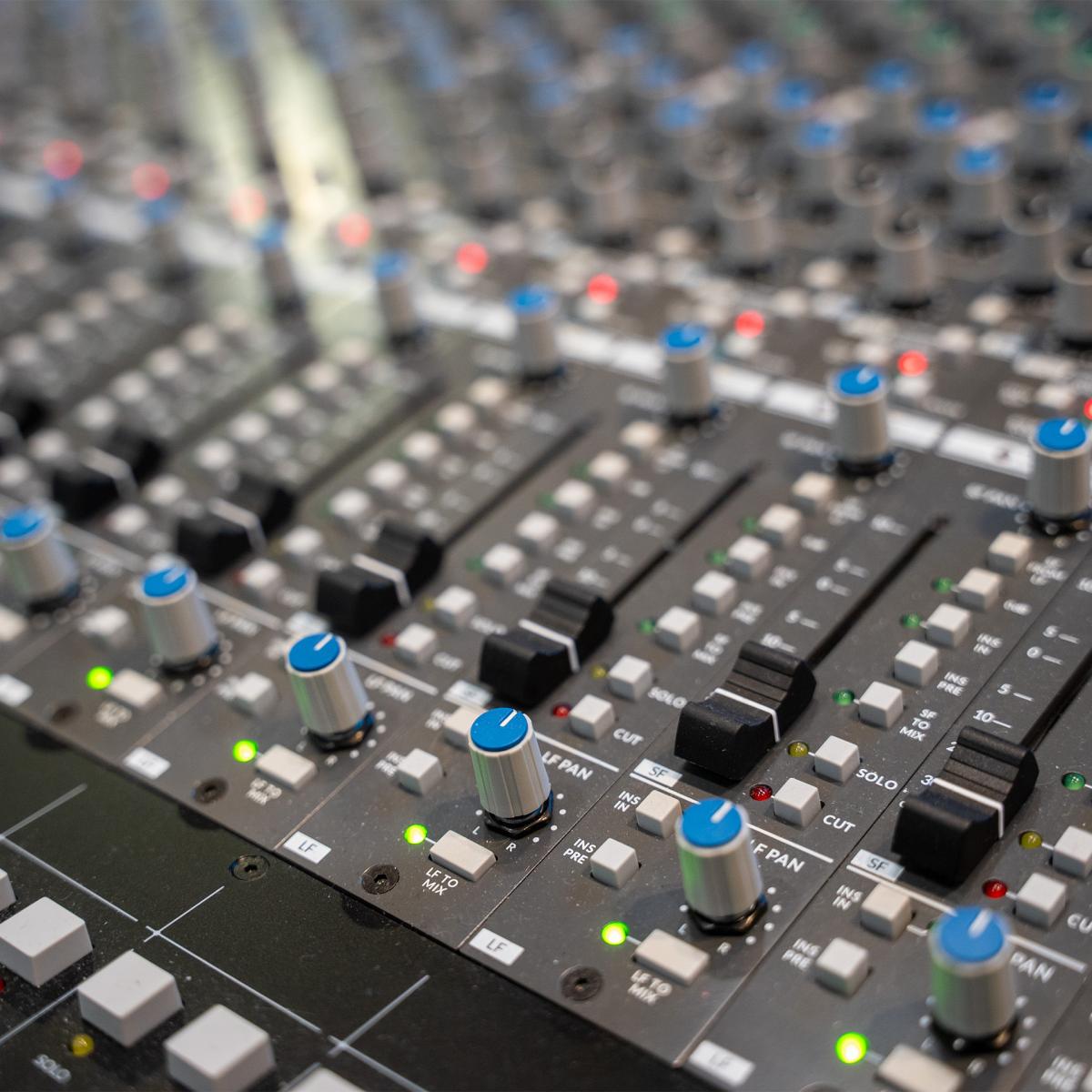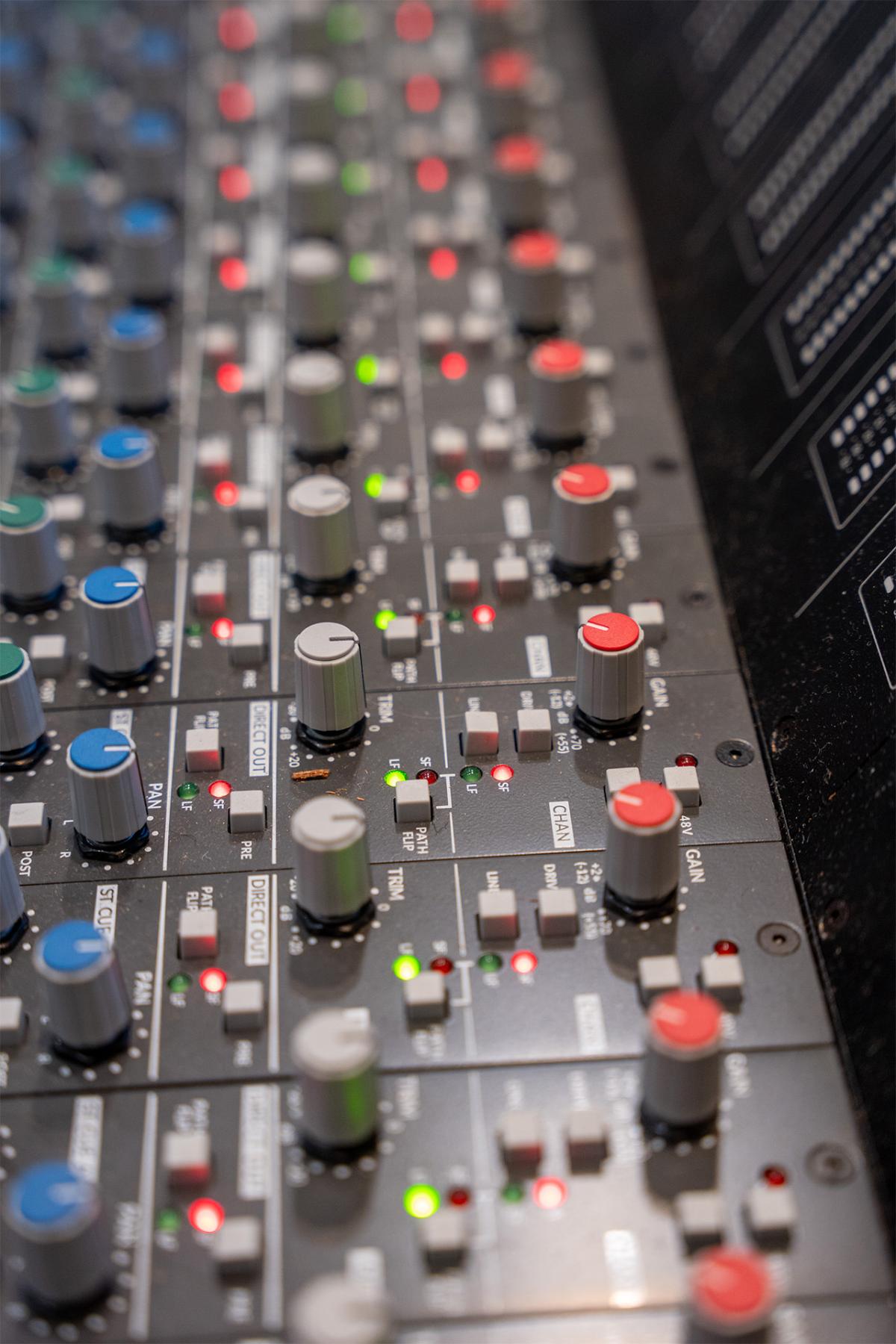Compared to the output routing and patching of the older consoles that were previously in the Quonset Hut and Columbia Studio A, Janas says, “The SSL ORIGIN has much more of a modern flow, because nowadays people are really using direct outputs. We've been very pleased with ORIGIN at Ocean Way Studio B and on the campus at REM Studio A, using them for our second level class. ORIGIN has helped us clean up some of the things that we do in teaching and has really helped students understand signal flow and allowed them to focus on producing music or audio.”
Having used the initial ORIGINs for two years, he has come to appreciate the SSL E Series “242” EQ section on every input channel. “It's so useful and it sounds good,” he says. The Q values in the high and low mid-frequency range sections are smaller, and therefore offer a wider bandwidth, than some of the school’s previously installed consoles. “A Q of 9 is a semi-tone,” he says of one previous console, and is arguably more appropriate for mastering. “The Q on the ORIGIN is much broader. But even if students do make it narrow, it still sounds musical. I love having the filters on there, too.”
Janas continues, “But my favorite thing, and it sounds odd, is the stereo cues, because those cues are fast and they're punchy sounding; they really rip. And the panning is excellent. The cues, to me, best represent what's coming back off the monitor path, and when you’re working with musicians it's those little things that make a difference,” he says. “Musicians respond differently when they have confidence that what they are hearing is exactly what is being recorded, not muddied or distorted by low quality cue feeds, and that typically results in a better performance.”




